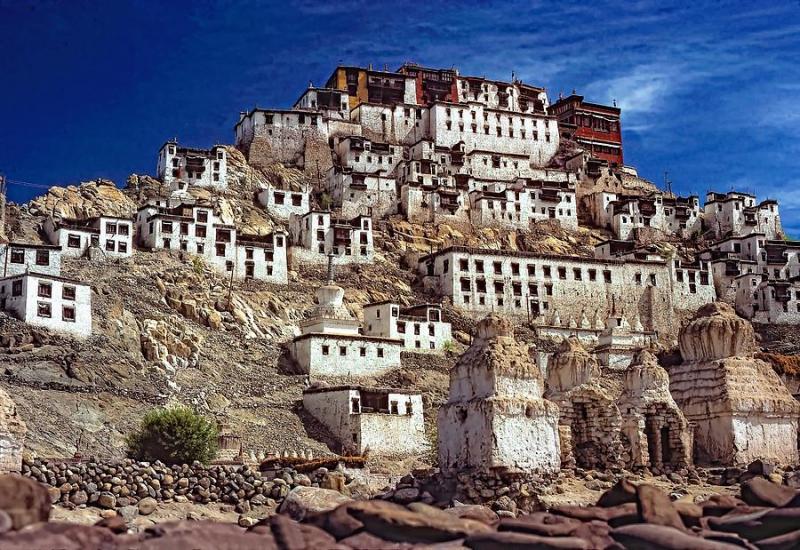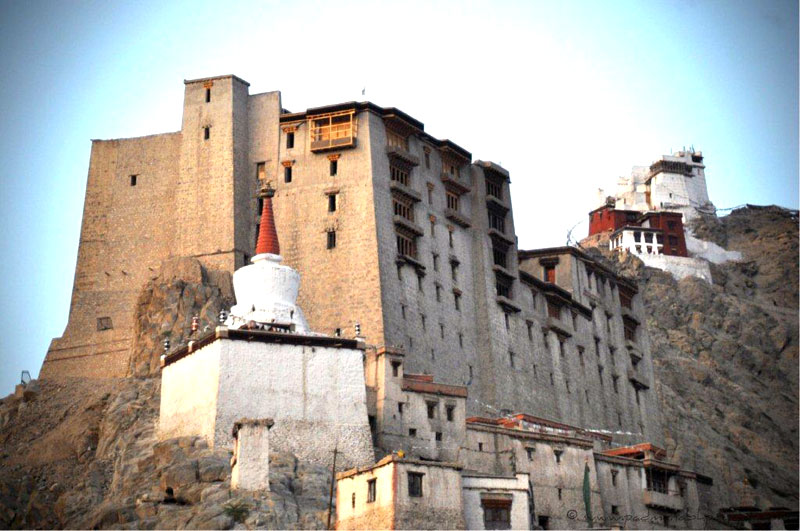Discovering Tranquility at Lamayuru Monastery, Ladakh
In the barren landscapes of Ladakh, amidst the rugged mountains and vast expanses, lies a sanctuary of serenity and spirituality: Lamayuru Monastery. Perched on a hilltop overlooking the quaint village of Lamayuru, this ancient monastery beckons travelers with its timeless beauty, rich history, and profound spiritual aura. Let us embark on a journey to explore the allure of Lamayuru Monastery and uncover why it is a must-visit destination for seekers of peace and cultural enthusiasts alike.
A Must-Visit Destination: The Enchantment of Lamayuru Monastery
Lamayuru Monastery, also known as Yuru Gompa, holds a special place in the hearts of both locals and visitors. It stands as one of the oldest and largest monasteries in Ladakh, dating back to the 11th century. Its stunning location amidst the surreal lunar-like landscape of the region adds to its mystical charm, making it a destination that captures the imagination and inspires awe in all who visit.
Location and Surroundings: Immersed in Tranquility
Located approximately 127 kilometers west of Leh, the capital of Ladakh, Lamayuru Monastery sits at an altitude of 3,510 meters above sea level. Surrounded by dramatic rock formations, arid valleys, and the majestic Himalayan peaks, the monastery offers a captivating panorama that leaves visitors spellbound. The surrounding area is also dotted with unique geological formations, such as the Moonland, adding to the otherworldly allure of the region.
Best Time to Visit: Embracing the Seasons of Serenity
The best time to visit Lamayuru Monastery is during the summer months, from May to September, when the weather is mild and conducive to exploration. During this time, the monastery hosts various festivals and ceremonies, including the famous Lamayuru Festival, offering visitors a glimpse into the vibrant culture and traditions of Ladakh. However, for those seeking solitude and tranquility, the offseason months of October to April also present an opportunity to experience the monastery in a more contemplative atmosphere.
How to Reach: Navigating the Journey to Enlightenment
Reaching Lamayuru Monastery involves a picturesque journey through the rugged terrain of Ladakh. Visitors can hire a taxi from Leh or opt for a shared taxi or bus service that operates on the Leh-Srinagar highway. The journey takes approximately 4 to 5 hours, offering breathtaking views of the Himalayas and the surrounding landscapes along the way.
How to Plan a Tour: Tips for a Memorable Experience
To make the most of your visit to Lamayuru Monastery, consider the following tips:
Plan Ahead: Research the festival calendar to coincide your visit with events such as the Lamayuru Festival for a richer cultural experience.
Respect Local Customs: Dress modestly and respectfully when visiting the monastery, and adhere to the rules and guidelines provided by the monks.
Stay Overnight: Consider staying overnight at one of the guesthouses or homestays in Lamayuru village to experience the peaceful ambiance of the surroundings.
Explore Nearby Attractions: Take the time to explore other nearby attractions, such as the Moonland and Alchi Monastery, to fully immerse yourself in the beauty and culture of the region.











